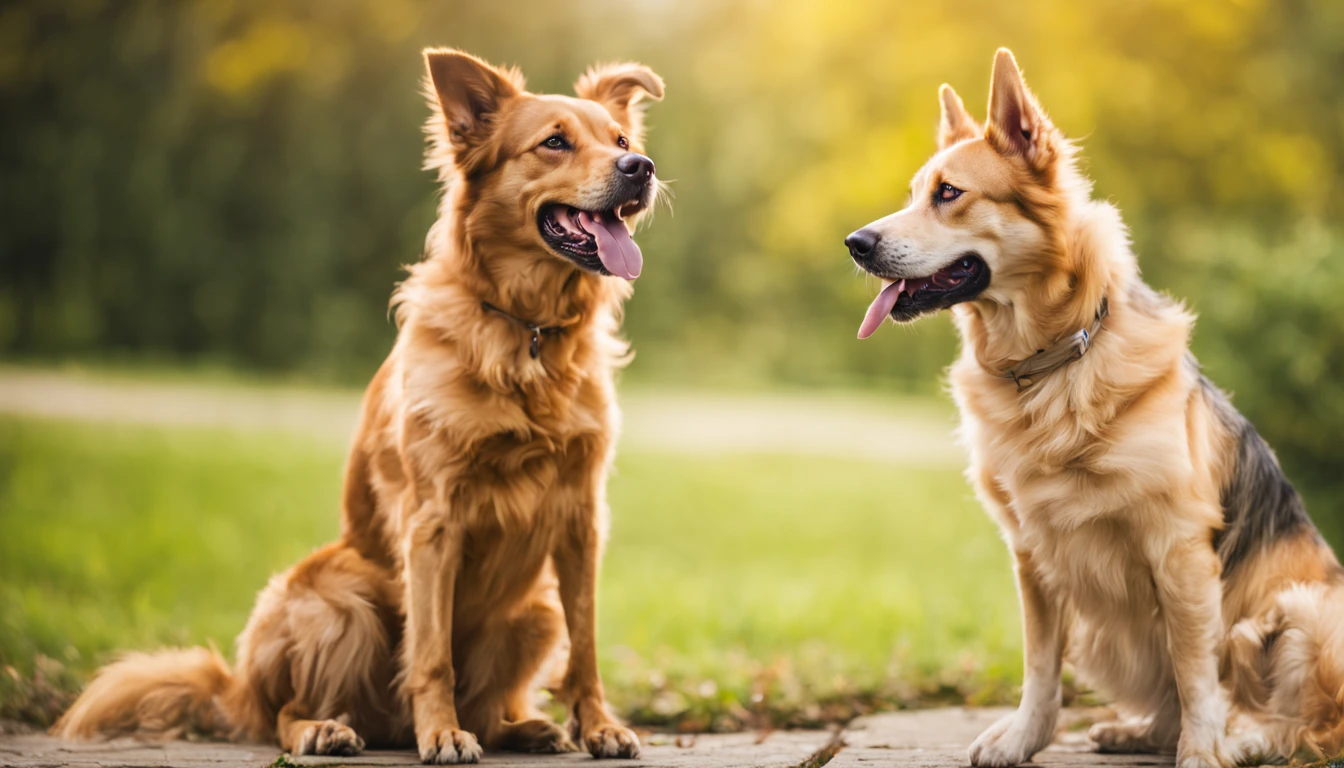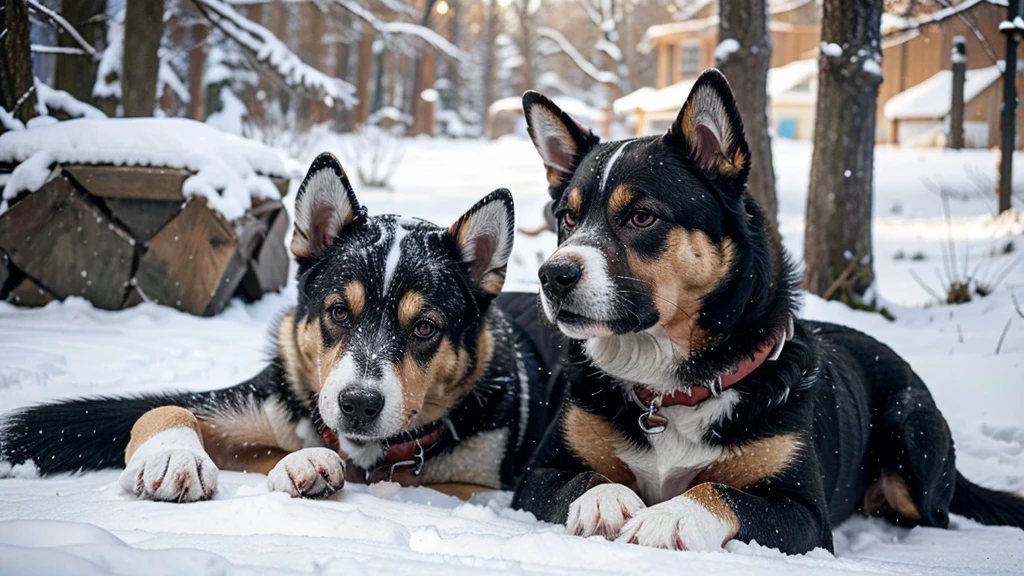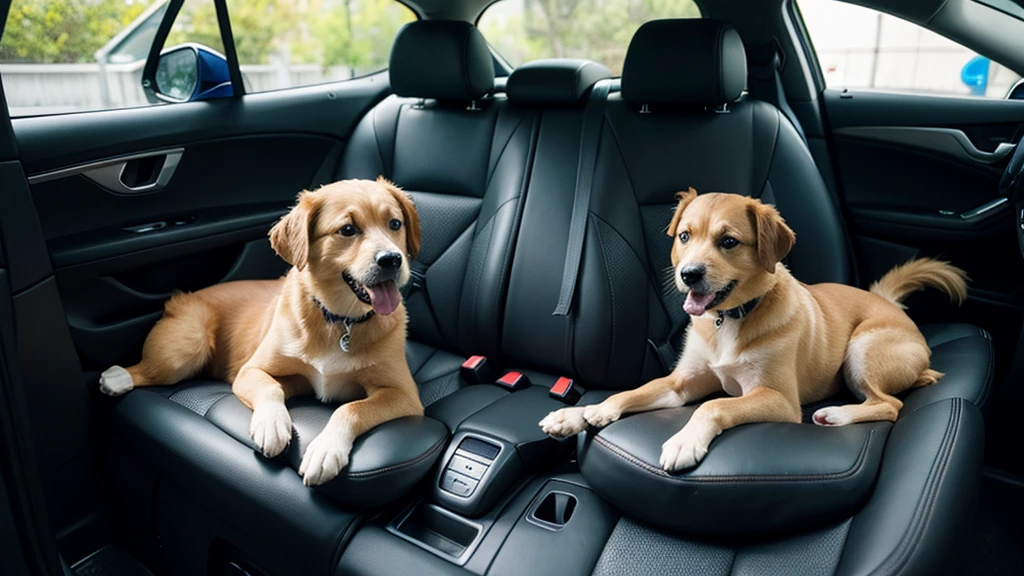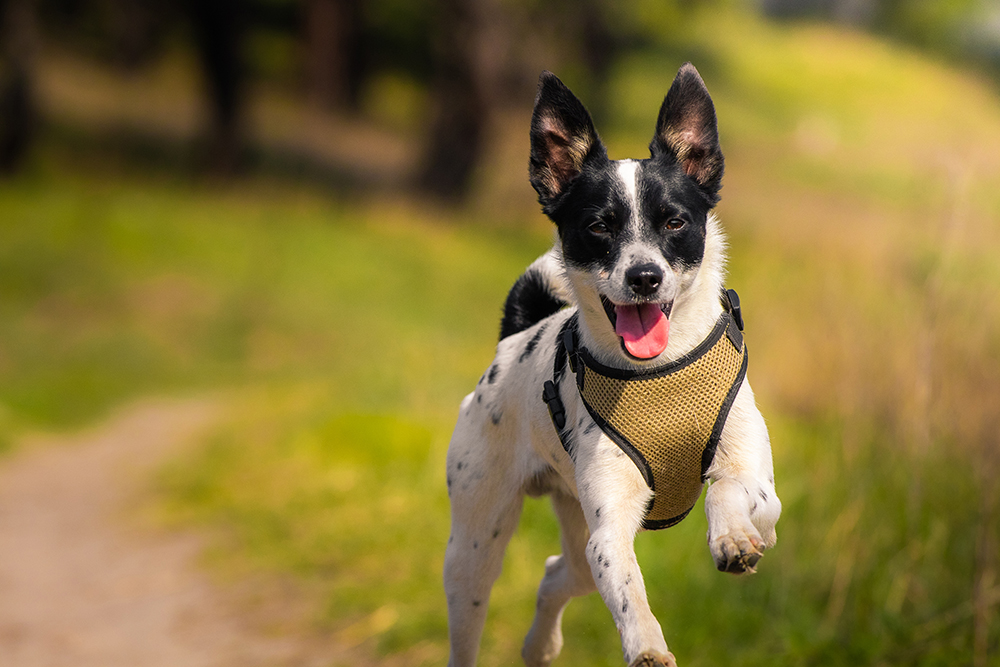Dog body language is key to fostering a strong bond and ensuring their emotional well-being. Dogs, our beloved companions, communicate with us and each other in rich and nuanced ways. Their body language acts as a primary means of expression, conveying a wide range of emotions and intentions. As responsible pet owners, it is crucial to become familiar with the signals our dogs give so that we can better understand their needs and ensure their well-being.
The importance of body language
Dogs use their entire body to convey their emotional state. By learning to interpret these signals, we can recognize when they are feeling confident, relaxed, anxious or scared. By understanding their signals, we can proactively respond to their needs and avoid potentially stressful situations.
Recognizing stress in dogs
Recognizing signs of stress in dogs is paramount to maintaining their safety and well-being. Dogs may show subtle signs of discomfort, such as turning their heads, blinking, or seeking distance from a situation. Responding to these signals appropriately can prevent escalation to more overt behavior, such as growling or lunging.
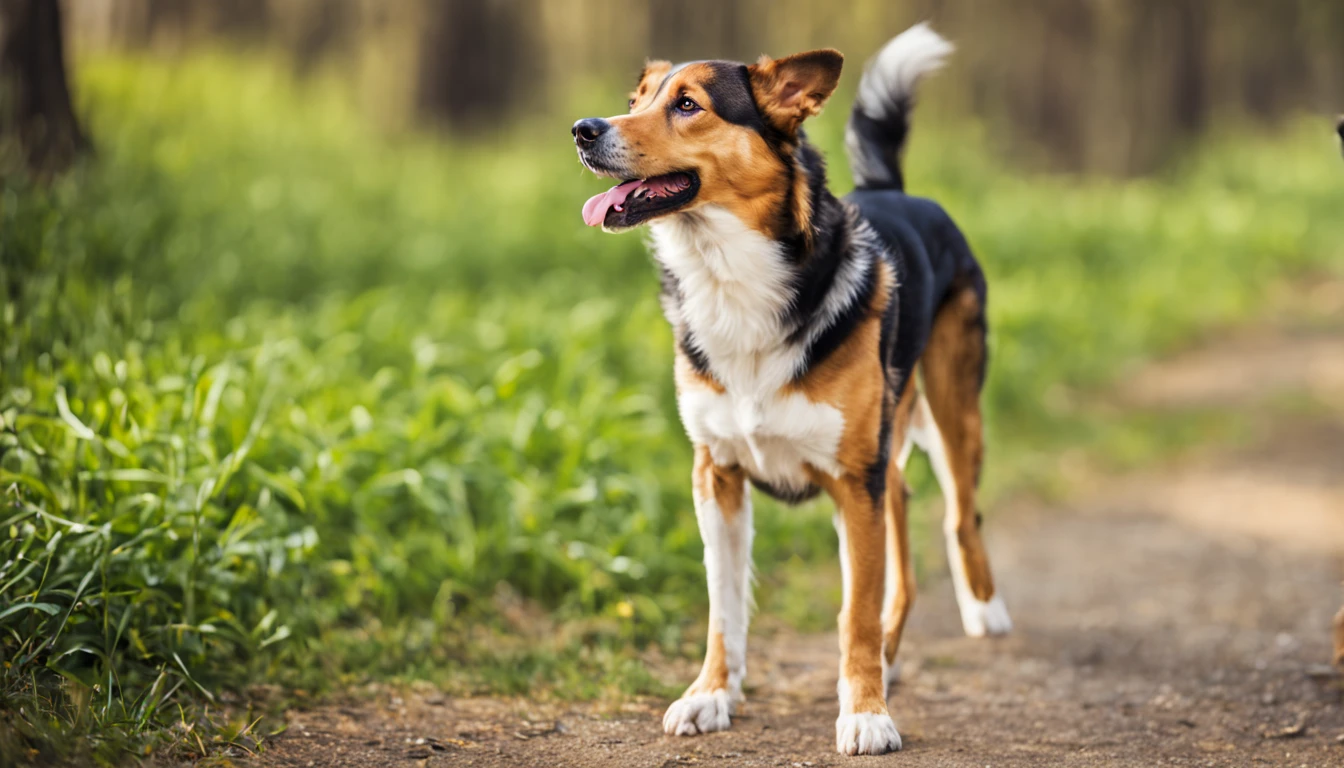
The importance of responsiveness
Dogs learn from our reactions to their behavior. If we acknowledge and respect their subtle cues for space and comfort, they are more likely to continue using these communication methods. Conversely, if we ignore or miss these signals, they may resort to more overt expressions of stress or discomfort.
Understanding Individual Differences
Every dog is unique and factors such as breed, coat type and physical characteristics can influence their communication style. Owners should take their dog’s individual characteristics into account when interpreting their body language. For example, dogs with dark or long coats may have less visible facial expressions, while dogs with tightly curled tails may have limited tail movement.
Interpret body language holistically
When assessing a dog’s emotional state, it is essential to look at the entire body, from head to tail. Every aspect of their posture, facial expressions and movements provides valuable insights into their feelings and intentions. By taking a holistic approach to interpretation, we can better understand our dogs’ needs.
Context Matters
The context in which behavior occurs is crucial for accurate interpretation. Behavior that seems harmless in one situation can be a signal of fear in another. For example, drooling and lip licking during meals are normal reactions, but the same behavior during a car ride can indicate anxiety. Understanding the context helps us respond appropriately to our dogs’ needs.

Signs of Relaxation
Relaxed dogs exhibit behaviors such as responding to their owners, feeling comfortable and showing interest in their environment. Their body language is loose and relaxed, with neutral facial expressions and free-hanging tails. Recognizing these signals indicates a satisfied and comfortable canine companion.
Identifying Fear
Dogs experiencing anxiety may exhibit behaviors that indicate their discomfort and need for space. Owners should be alert to signals such as avoidance, excessive panting, shaking or seeking distance from stimuli. By recognizing these signals, we can intervene effectively and alleviate the suffering of our dogs.
Take action
Owners play a crucial role in protecting the well-being of their dogs. If a dog continually shows signs of stress or anxiety, it is essential to address the underlying causes. Consultation with a veterinarian can rule out medical problems affecting behavior, while seeking advice from a certified behaviorist can provide strategies for addressing behavioral issues.
In short, understanding and interpreting our dogs’ body language is key to fostering a strong bond and ensuring their emotional well-being. By recognizing their signals, responding appropriately, and taking into account individual differences and contextual factors, we can become adept at communicating effectively with our canine companions, enriching their lives and ours.
